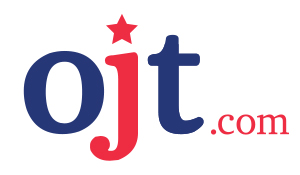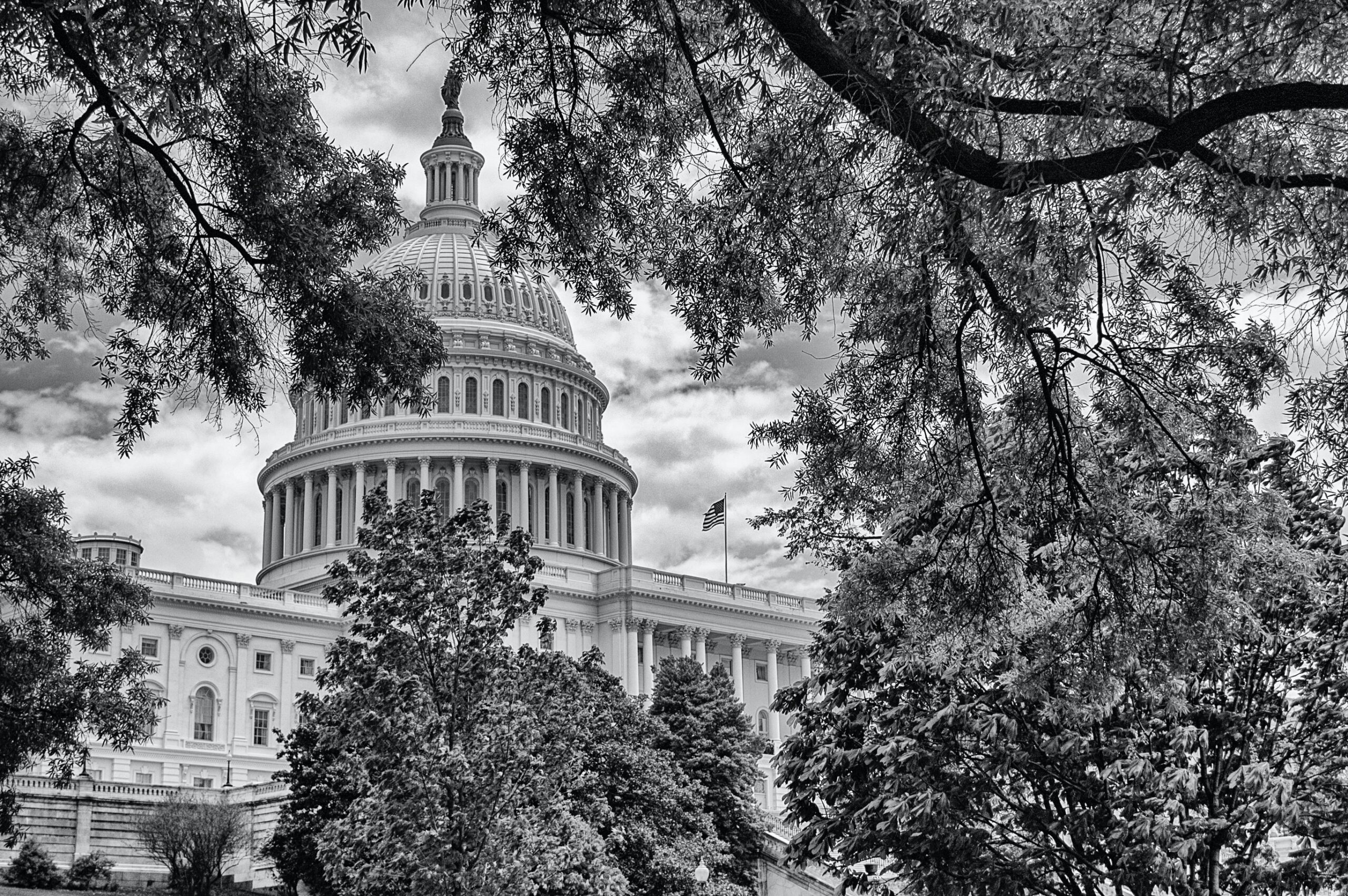Apprenticeships Programs policies have undergone a massive transformation in recent times!
Peeping into history, there was in existence, the federal “Registered Apprenticeship Program” (RAP), a federally recognized Apprenticeships Programs policy framework; institutionalized and perpetuated by the U.S. Department of Labor (DOL) concerning the apprenticeships programs structure, standards, and funding. The policy till the onset of the Trump administration emphasized and recognized a “single” system of a high rigor on-the-job training (OJT), skills development, and apprenticeships programs; accredited by DOL, to build a competent and capable workforce to provide “employment-ready” labor, crafts-persons, journeymen, staff and employees to the companies and industries, to fulfill their workforce requirements; and develop several career pathways to fulfill the career aspirations, provide sustainable family life with gainful employment to US citizens, and in general keep unemployment levels low.
All this was set to change with the ushering of the Trump era of administration. The now ex-President, signed an executive order on June 15, 2017, extending and expanding the on-the-job training (OJT), skills development, and apprenticeship programs aiming to fill the yawning skill and employment gap that persists in the US; it is called the “Industry-Recognized Apprenticeship Program” (IRAP) which targetted to fill around 350,000 jobs in the manufacturing sector alone, of the broader 6 million unfilled job vacancies!
These radical labor policy reforms, namely IRAP, were triggered by President Trump’s recognition of the fact that “Apprenticeships place students into great jobs without the crippling debt of traditional four-year college degrees” – in Trump’s own words!
The power-packed executive order liberalized and democratized apprenticeships programs, giving more autonomy and flexibility to independent third parties, who now had the freedom to develop and implement their own apprenticeships programs, standards, structure, and funding. Also, these Standards Recognition Entities (SREs) were no longer required to report to the DOL information on a program’s success rate. These radical labor policy reforms were part of the Trump administration’s “business-friendly” liberal outlook and anti-regulatory framework agenda; providing greater flexibility and autonomy coupled with a more liberalized self-regulatory & self-sustaining eco-system, mechanism, and platform to the industry groups, trade associations, educational institutions, corporate and other entities, than ever before.
It underlined the principle “Minimal Government, Maximum Governance”!
The IRAP executive order was a much-required catalyst to foster, elevate and integrate apprenticeships as part of the state’s broader workforce and economic development strategy, and provided a viable and sustainable alternative path to the apprenticeships programs and industry in general; to build their workforce, based on their own structure, standards, and best practices to expand skill development programs and promote apprenticeships, supported by apprenticeships federal & state funding, legislation, and other financial incentives. It thus created a parallel system of apprenticeships programs with governance completely resting in the hands of the creators… the industry groups, trade associations, and independent entities.
Apart from agile skill development and workplace readiness, these IRAP provisions were meant to increase accountability and eliminate ineffective apprenticeship programs. However, despite the favorable prospects for workforce job training and development programs, there were several concerns expressed by experts, analysts, critics, and industry groups; especially the creation of a parallel apprenticeships programs system giving unfettered autonomy to independent entities, that may potentially spiral into manipulative and exploitative industry cartels and practices, detrimental to the workforce, labor conditions and payment bands; then, there was the ubiquitous question raised on the sustainability of federal funding of these job training programs, without running into a DOL fiscal budget deficit; that could potentially lead to cutting down on the career and technical education grants, and worse still, ruin the administration’s stated interest in apprenticeships.
Result…
These liberal IRAP labor policies by the Trump administration gave the right fillip, and spawned a slew of autonomous apprenticeships programs like the Washington state’s Career Connect Washington initiative, Colorado’s CareerWise pilot project, Wisconsin’s youth apprenticeships program, and Kentucky’s Tech Ready Apprentices for Careers (TRACK) program; leading to a massive growth of the skilled workforce and worker orientation, through these extremely successful apprenticeships programs and skill development initiatives; benefitting employers, employees, the industry and helping push the ultimate state goal of nation-building!
The negative impact of the executive order signed by Mr. Trump, if any, of these stated policy changes are not visibly clear yet; but allowing time for the liberal labor policies to mature, may manifest down the line.
However, with the arrival of President Joe Biden Administration, the on-the-job training (OJT), skills development, and apprenticeship programs policies have witnessed, yet more changes!
On Feb 17, 2021, President Joe Biden signed an executive order that rescinded former President Donald Trump’s 2017 IRAP order, effectively rolling back IRAP and its provisions. The Biden administration apparently has reposed faith in the earlier federal “Registered Apprenticeship Program” (RAP) since it felt that the IRAP program created a redundant parallel apprenticeship program, which was not a meaningful alternative to the proven track record of the successful RAP program of the DOL; and clearly viewed the IRAP program as an unnecessary inferior system that doesn’t add value, nor give any substantive advantageous outcome.
IRAP concerns expressed include; the negative impact and possible reduction in the funding for RAPs, besides the possibility of putting safety and quality standards for workers at risk. IRAP’s limitations including failure to require the “wage progression that reflects increasing apprentice skills” and not having standardized training rigor, were also cited as the main reasons for the Biden executive order. Alluding to this, the officially opined concern was that “the creation of a parallel system of Industry Programs may further fragment our national apprenticeship system and introduce programs of widely varying quality.”
However, according to DOL sources, while the acceptance and review of new or pending applications for Standards Recognition Entities (SREs) under IRAP have been suspended; however, this will have no impact on the 27 SREs currently approved, and such IRAPs recognized by an SRE will continue to perform their functions with business as usual. Besides, the Biden executive order has also reinstated the National Advisory Committee on Apprenticeships, advocating them to address the clear need to engage with leaders and practitioners from industry, labor, education, workforce, and community organizations, as well as modernize, streamline and diversify the registered apprenticeship model, focusing on developing recommendations on how the Registered Apprenticeship Program can meet the current and future needs and challenges of the U.S. workforce.
This Biden administration bill is aimed to create a diverse workforce by supporting the industry and equity intermediaries in recruitment and fostering partnerships between apprenticeship programs and community colleges.
However, opinions are still divided over the pros and cons of both IRAP & RAP.
So, the jury’s still out on of both…
Only time will tell which one is better for the employers, employees, and the industries!
References & Credits:


